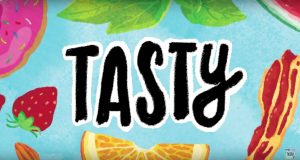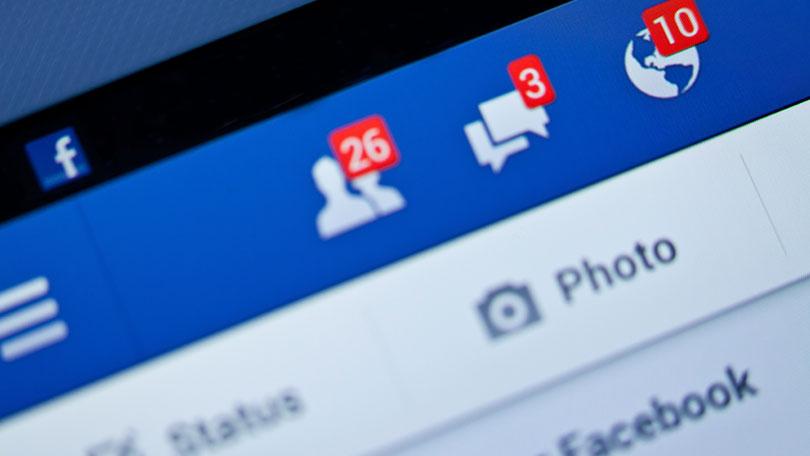It’s one of the common questions in Creative Writing—what’s your genre? Without question, I answer fiction. When pressed, I might say realistic fiction, or novels, short stories—more rarely does the word genre get deliberation on what it means in itself. In the articles we have read recently, there have been a number of definitions offered, all centering, mostly, on what a work is supposed to do. Kerry Dirk and Amy Devitt describe genre as akin to Lloyd Bitzer’s rhetorical situation—genres as “repeating rhetorical situations” (Dirk 252). Dirk adds that we can view “genres as tools to help people to get things done” (252). The authors of Writer/Designer add that genre helps us understand the “communicative purpose” (63) of a text, because of our expectations for what it will do or say—a short story and a newspaper have different functions.
I agree with Vivian and Vicky that genre is, then, a goal-driven answer to a rhetorical situation. Genre is important to the reader and writer—the writer must choose the right one to achieve their goal, and the reader must interpret it the right way. That is the main difference between this and my previous understandings of genre, which usually limited the conception of it to a few categories that were hard to mistake for one another. The idea of rhetorical situation and the creation of genre is somewhat similar to how I’ve thought about how genre in the past. Dirk says that when something is written, “another person uses the first response as a basis for the second, and eventually everyone who encounters this situation is basing his/her response on the previous ones” (252). This can be seen even in writing classes, where students are encouraged to model stories on the patterns of plot and structure in already existing works.
I think digital genres may seem to challenge the “goal driven” idea—there are a lot of things on the internet that don’t seem to do much. But, these things have goals, in a way—to make someone laugh, for example, can count as a goal, or to provoke a comment or share. Digital genres, in a way, make it even easier to see the goals of genres—apps and websites have “like” buttons and comment features that foreground those as ways to interact with the genre. This makes the interaction between reader and writer even more central—the writer may be writing to an audience of friends or followers, using the genre conventions, and it is up to the reader to interpret what this means—how seriously a post is meant, or what a picture is supposed to say. My parents sometimes have trouble telling the difference between cut-and-paste statuses and in-the-moment comments from people, and people are easily susceptible to fake news–it is up to the reader to determine the intent of a genre.
One of the digital genres I find myself using a lot is food videos. I rarely make anything that I see online, and often only see videos once, but I enjoy watching them, and many other people do, too. There are Facebooks pages where the channels have different styles, and I’m interested in the conventions used in these and other videos, and how the genre originated.

Ball, Cheryl E. et al. Writer/Designer: A Guide to Making Mulimodal Projects. 2nd ed., New York, Bedford/St. Martin’s, 2018.
Dirk, Kerry. “Navigating Genres.” Writing Spaces: Readings on Writing, vol. 1, 2010, pp. 249–262., writingspaces.org/sites/default/files/dirk–navigating-genres.pdf.
